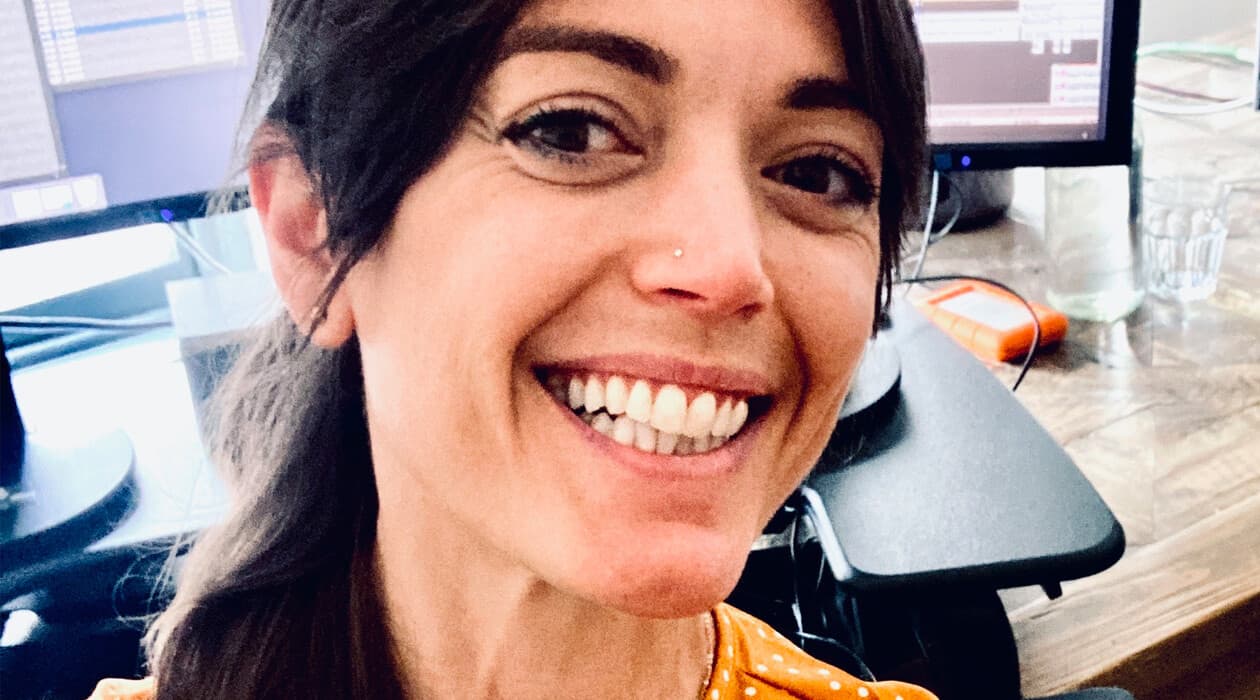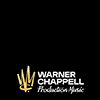Rebecca Lloyd | Behind The Lens
January 23, 2023
Next on 'Behind The Lens' is Rebecca Lloyd! Rebecca is a BAFTA Breakthrough Brit honouree for her additional editing on Andrea Arnold’s feature 'American Honey' (awarded the Jury Prize at Cannes 2016). Since then, Rebecca has been busy editing feature dramas, documentaries and films, many of which have gone on to win international awards.
Her recent work includes 'The Railway Children Return', 'Boxing Day', and 'Cow' which won the award for Best Edited British Documentary or Non-Fiction Programme at the BFE Cut Above Awards '22. Join Rebecca as she reflects on her time working on ‘Cow’, the use of music and sound in film, and much more!
Congratulations on 'COW' - a four-year journey in the making! What was it like working with Andrea Arnold after your time together on 'American Honey'?
I first met Andrea when I was assistant editor on Fishtank in 2007. Andrea is a beautiful woman to be around, and we had so much fun working together with the editor, Joe Bini, on ‘American Honey'. Due to the number of rushes shot, Joe handed over scenes for me to cut and Andrea and I had time working together. This is when Andrea asked me if I would like to edit an intimate nature documentary about a cow, and I jumped at the opportunity!
Beginning any documentary is always a daunting challenge, as you don’t know what the footage is going to present to you. Andrea trusted me to go away and assemble throughout the 4 year shoot. When I had a body of work to show, we would meet with the producer, Kat Mansor and discuss everything. Andreas' main note was to be true to the footage and let us really see Luma.
What drew you to work on the film?
Andrea talked me through her idea for the documentary. She was intrigued as to whether we would be able to see a cow's consciousness if we followed them long enough. She explained she wanted us to just watch a cow watch the world, no agenda apart from really seeing the life of a cow, and I loved the idea. Andrea has a huge talent for telling beautifully crafted and tender portraits of life so I knew this film was going to be special. I had previous experience editing documentaries and observing animal behaviour from editing at the Natural History Unit in Bristol so I felt confident and excited to start a new film journey with Andrea.
It’s clear to see the attention to detail in each frame. How did you use sound and music to shape the narrative of the film?
With my co-editors, Nicolas Chualdeurge and Jacob Schulsinger, we all brought our own magic to the final film and we had a talented sound team that Andrea uses on all her features. During the shoot, it was not always easy to have a boom recording the sound, especially when Magda Kowalczyk - the cinematographer - was running with the cows or under the cows, so the sound team had a big task recreating from the in-camera sounds. They enhanced each cut by making it visually sonic with gates closing, tractors passing, hearing Luma and Malu drink, eat and breath and the constant background moos that the cows only make when separated from their calf, all together creating an emotional connection.
It must have been emotional to see the final cut! Looking back, do you have any behind the scene stories that come to mind?
The day we locked the film was an emotional day but also exciting, as it was going to be passed on to the sound and online teams to be enhanced. We had to choose different music for Luma's final milking scene on the day of picture lock due to clearance issues. We placed 'Skinny Love' by Birdy over the scene. It was like one of those happy accidents when you randomly place music and it lands at every emotional beat. It was meant to be. It was a beautiful moment to share with Andrea and to lock the film with.
Drawing from your own experience, what role does sound and music play in the edit? How do you use music and sound to shape or enhance the narrative?
Pictures, sound, and music all have an important role in shaping a narrative as they all have an effect on the subconscious by engaging all of your senses. When I am editing, I track-lay sounds at the same time as I find it difficult to watch if the sound is not complementing the cuts. I also tend not to add music to a scene or sequence until it has been cut as dialogue and surrounding sounds have their own rhythm. If the pacing is right and if music is needed to drive the narrative forward or to set an emotional tone, it usually just fits perfectly.
What films have been a source of inspiration for you? What is it about these films in particular that have made them stand out?
Obviously all of Andrea’s films, they all have an authentic and naturalistic beauty, following a character's internal joy and torment. I like films that take me on a journey where I really believe and care what happens to the character at the end. ‘Magnolia’ is another film I take Inspiration from. The clever interweaving of multiple different character stories where you find yourself emotionally invested in all of them.
Any advice for upcoming editors in the industry?
Edit, edit, edit and always trust your gut feelings. Your first emotional response to the footage never happens again, so pay attention to how it makes you feel.
If you were a music genre, what would you be and why?
I would be Soul music because I grew up listening to it, so it feels like it’s in my bones. Soul has many varying tempos from the fast beats of Stevie Wonder’s ‘Superstition’ to the soporific tempo of ‘Black Coffee’ by Billie Holiday. For me, Soul music, whatever the tempo, changes my state of mind. Any medium that enables you to escape your own reality, make you smile, make you cry, make you dance, and empower you is a beautiful tool to have in life and that’s what a good film should do too.
 2011-2025 Warner Chappell Production Music United Kingdom. All Rights Reserved.
2011-2025 Warner Chappell Production Music United Kingdom. All Rights Reserved. 